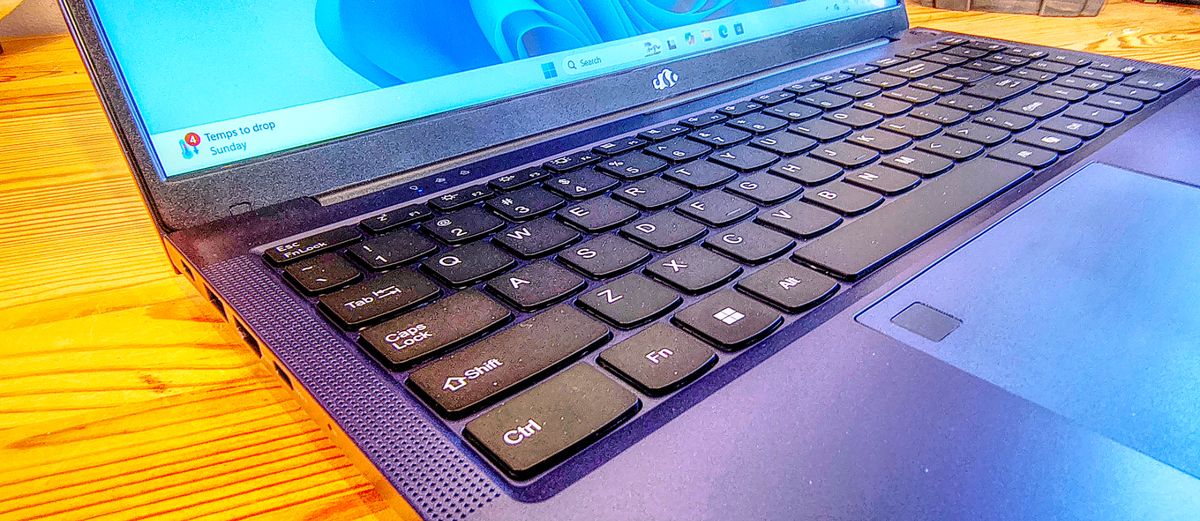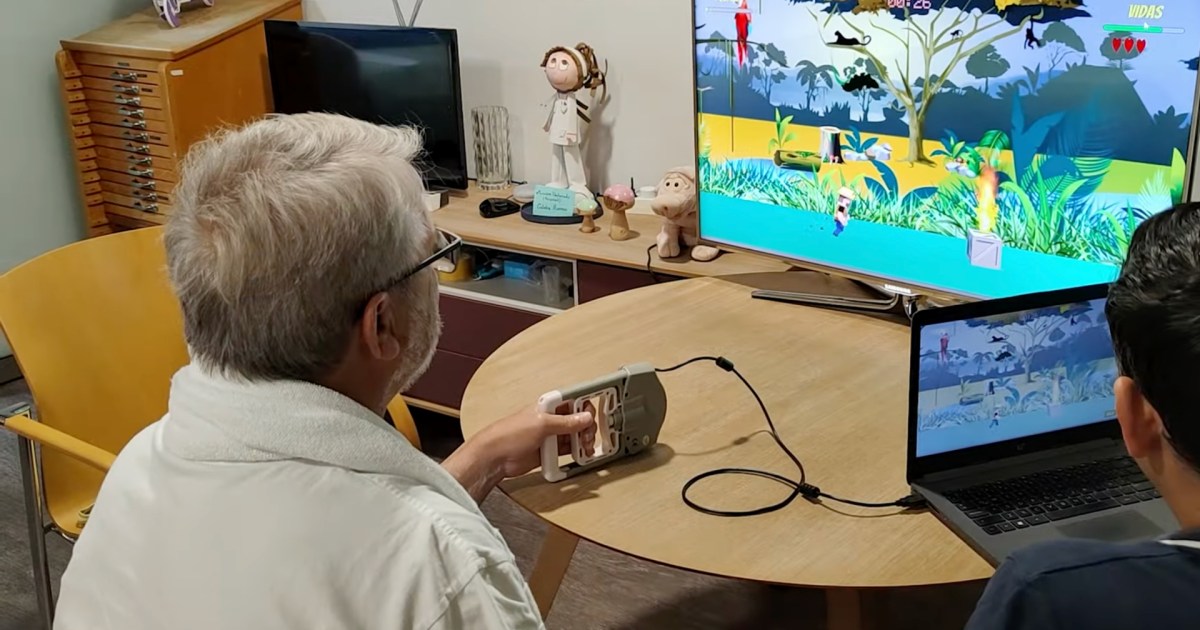
The Long-Term Strategy of Forerunner: With Startups Stalled Before IPO, All Alternatives Are Being Considered.
Thirteen years ago, Forerunner Ventures began to be a key player in the emergence of a new era of consumer-focused startups, such as Warby Parker, Bonobos, and Glossier. None of them have...
Forerunner Ventures has been at the forefront of the emergence of new consumer startups for thirteen years, supporting brands like Warby Parker, Bonobos, and Glossier. However, none of these companies have followed the traditional path of an Initial Public Offering (IPO). Warby Parker went public via a Special Purpose Acquisition Company (SPAC), Bonobos was acquired by Walmart, and Glossier remains a private company, just like many other innovative brands in Forerunner’s portfolio.
Kirsten Green, founder of Forerunner, believes this landscape is not a failure. In the current context, it has become common to turn to alternatives to traditional IPOs. For instance, Chime, a fintech company, and Ōura, a smart ring company, are early bets by Forerunner and have achieved valuations exceeding $5 billion, demonstrating their capability to thrive in saturated markets. While Chime has filed confidentially to go public, the CEO of Ōura has stated that there are no immediate plans for an IPO.
During a recent TechCrunch event, Green expressed that she is not concerned about the lack of IPO plans from Ōura, despite its strong sales. The company and its CEO have been praised as exceptional, and Green mentioned that their focus is on growth rather than considering an imminent sale. She highlighted that investors have adapted their strategies to an environment with fewer traditional public offerings, leaning towards the secondary market to manage liquidity and exposure.
Green explained that Forerunner’s team is active in the secondary market, stating that the prolonged wait to go public reflects the current reality. Most venture capital funds have life cycles of about ten years, and with the new standard of needing to be a multibillion-dollar company to have a successful IPO, the road to that point takes time.
The secondary market is transforming the industry. In the past, significant liquidity events were expected within a few years, whether through acquisitions or IPOs. However, the growing reliance on the secondary market not only responds to the demands of public markets but also enhances price discovery by having more participants involved, although this may result in discounts on some transactions.
A clear example is Chime, whose valuation has been highly volatile, dropping from $25 billion in 2021 to an estimated $6 billion last year in the secondary market, though it has recently seen a rise back to $11 billion. Green notes that the process in the secondary market allows more people to influence pricing, adding a different dynamic compared to direct negotiations between a company and an investor.
Forerunner’s strategy focuses on identifying significant shifts in consumer behavior and combining them with new business models. This was successful in the 2010s with DTC brands like Bonobos and Glossier, and it is repeating with companies following a subscription model, such as The Farmer's Dog, which specializes in gourmet dog food and reports $1 billion in annual revenue.
As venture capital adapts to this new environment, patience and creativity are becoming essential virtues. Large companies require time to develop, and not all growth trajectories are the same.
Relacionado




